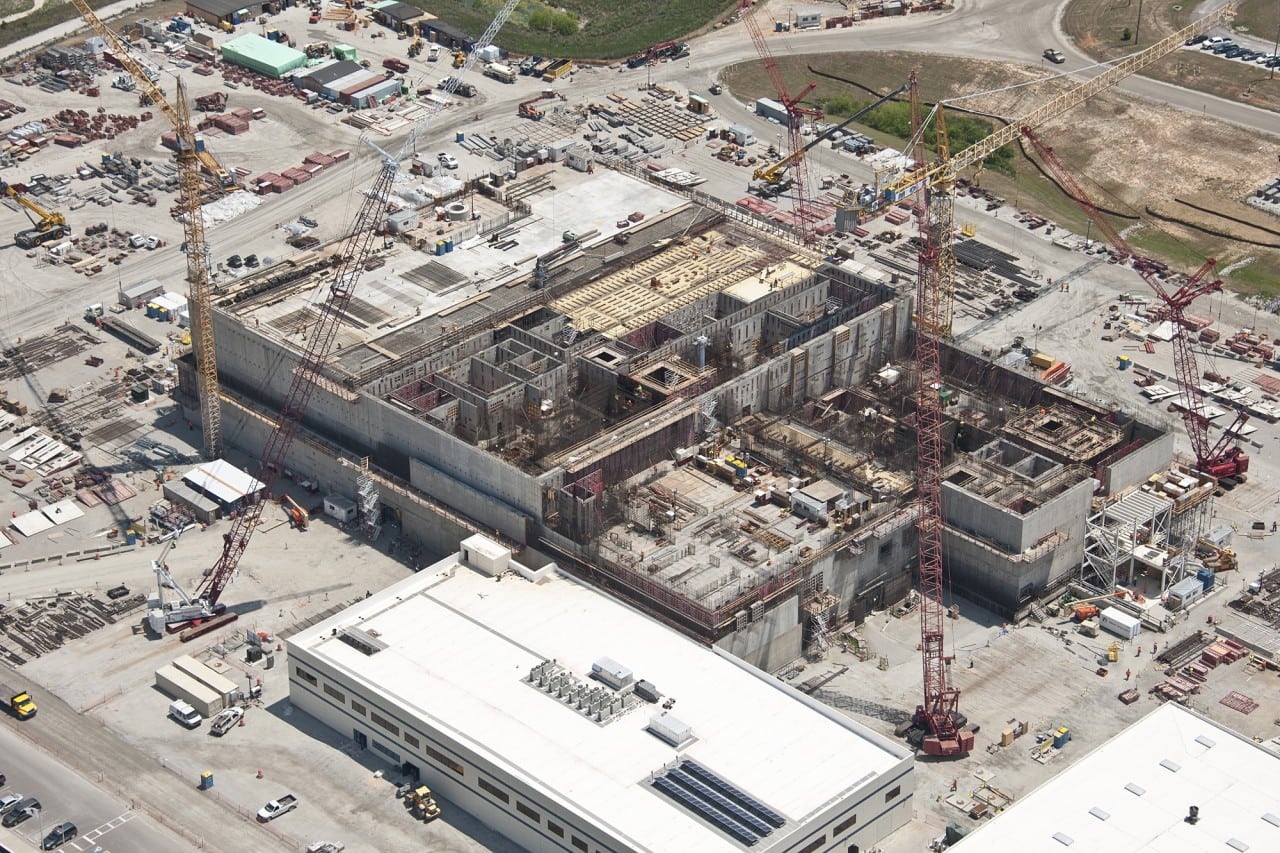
A study prepared for the CB&I AREVA MOX Services Board of Governors states that switching from the MOX method of plutonium disposition to a downblending approach could result in a nuclear chain reaction. But the National Nuclear Security Administration (NNSA)…